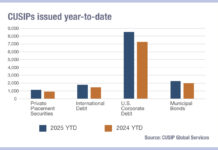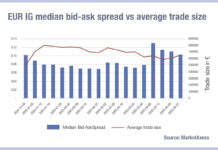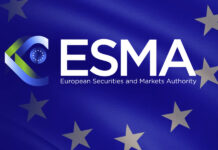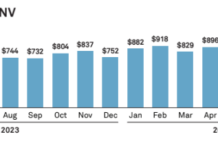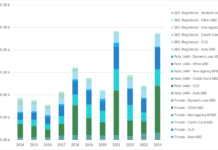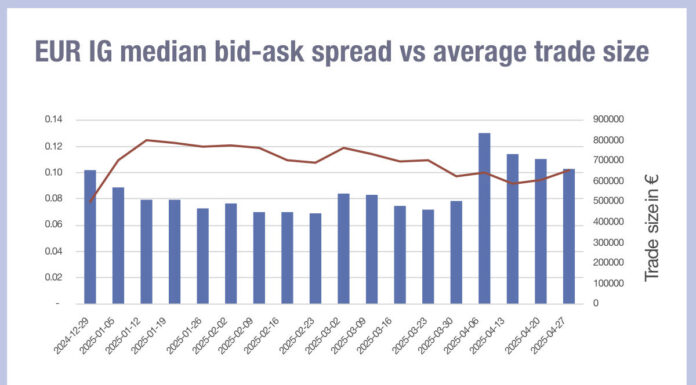Digital Asset, a blockchain system provider, has completed a collaborative initiative to tokenise gilts and Eurobonds.
Euroclear, The World Gold Council, and global law firm Clifford Chance were among a broad group of pilot participants – which included investors, banks, CCPs, custodians, and a central securities depository. The aim was to demonstrate how tokenised assets on a blockchain can potentially enhance collateral mobility, improve liquidity, and increase transactional efficiency.
Sovereign Gilts and Eurobonds offer a relatively deep pool of high-quality liquid assets (HQLA) which are admissible as collateral. As of mid-2023, the total market of Gilts in the UK amounted to nearly £2.4 trillion, with over €12.97 trillion of outstanding Eurobond issuance.
The programme, which took place over June and July, involved 27 market participants and used 14 Canton nodes. Five types of cross-application transactions were connected using 11 distributed applications, including six registry apps and five margin apps, with 500 transactions completed. The collaboration demonstrated the ability to create a digital twin of these real-world assets and use those tokenised assets as collateral in real-time transactions.
Olivier Grimonpont, head of product management, market liquidity, Euroclear said, “We recognise the immense value in industry experimentation to showcase the advantages of DLT for the market. As we strive to deliver even better and faster collateral mobilisation for our clients, digital technologies like DLT will be key enablers for us to achieve this.”
“This signals another step forward in the development and adoption of tokenised assets in collateral management, creating a more mobile operating model across different parties,” said Kelly Mathieson, chief business development officer at Digital Asset. “Our work with the pilot participants has demonstrated that tokenized assets can be used with immediate effect to meet intraday margin calls outside of normal settlement cycles, processing times, and time zones. It also demonstrated how the ledger can serve as the legal record and has validated the secured party’s control over the digital twin and real-world assets received as margin or collateral in the event of a counterparty default.”
©Markets Media Europe 2025




